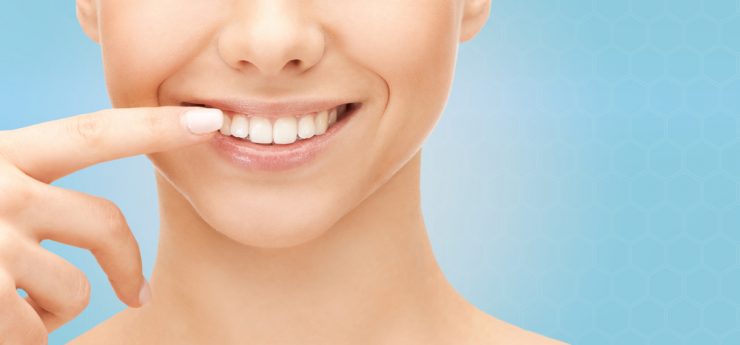Dystonia refers to the condition when movement and muscles of the body have been affected by a brain disorder. Dystonia seems to be very common among the people in the UK. It can happen to men and women at any age, most probably affecting adults after crossing the age of 40. In the case of children, it usually happens between the ages of 5 to 16, most commonly occurring as heredity. In the condition of Dystonia, the brain fails to send the correct messages to the body, causing recurring muscle tremors, shudders and jerks which are excruciating and lead to discomfort. Dystonia does not affect any other functions of the brain such as memory. The condition is not fatal, but disturbs the usual activities of life like professional work, driving, personal relationships, social interactions, etc. Dystonia is more likely to happen to people who have been afflicted by Parkinson’s disease and Huntington’s disease.
Types of Dystonia and their Symptoms
Focal Dystonia: Dystonia that affects only one part of the body.
Cervical Dystonia (Spasmodic torticollis or Wry Neck) – This condition affects the neck muscles. This usually makes the head twist, pull, turn or shake. It could be extremely painful, being the most universal kind of Dystonia. It most commonly affects adults over 40, being more among women than men.
Blepharospasm – This condition affects the eye muscles. This usually causes disproportionate, irrepressible blinking or eyes closing. It affects people mostly between the ages of 50 to 70. It grows little by little over time, getting bad to worse when the person afflicted is stressed or tired, or comes under bright light.
Oromandibular Dystonia – This condition affects the tongue, mouth and jaw muscles. This causes situations such as holding the jaw to be open or keeping it tightly shut, pulling the tongue up, down or back leading to speech and eating issues. It usually tends to affect elderly people.
Writer’s cramp (Chirospasm) – This condition affects the hands and arms. It causes a painful spasm of the hand muscles, usually after writing for a long time.
Cranial Dystonia (Miege’s syndrome) – This condition affects the mouth, eye, tongue and jaw muscles. It is a combination of Oromandibular Dystonia and Blepharospasm.
Laryngeal Dystonia – This condition affects the muscles used for speech.
Segmental Dystonia – This condition affects any two adjoining parts of the body, for instance, an arm and the neck.
Hemidystonia – This condition tend to affect one arm and one leg on the same side of the human body.
Paroxysmal Dystonia – This condition affects a part or the whole body for a short period at intervals.
Multifocal Dystonia – This condition affects several parts of the body.
Generalised Dystonia – This condition tends of affect most of the body parts.
Hemifacial spasm – This condition affects one particular side of the face. The symptoms of this condition are similar to those of Dystonia, hence classifying it as a part of Dystonia.










